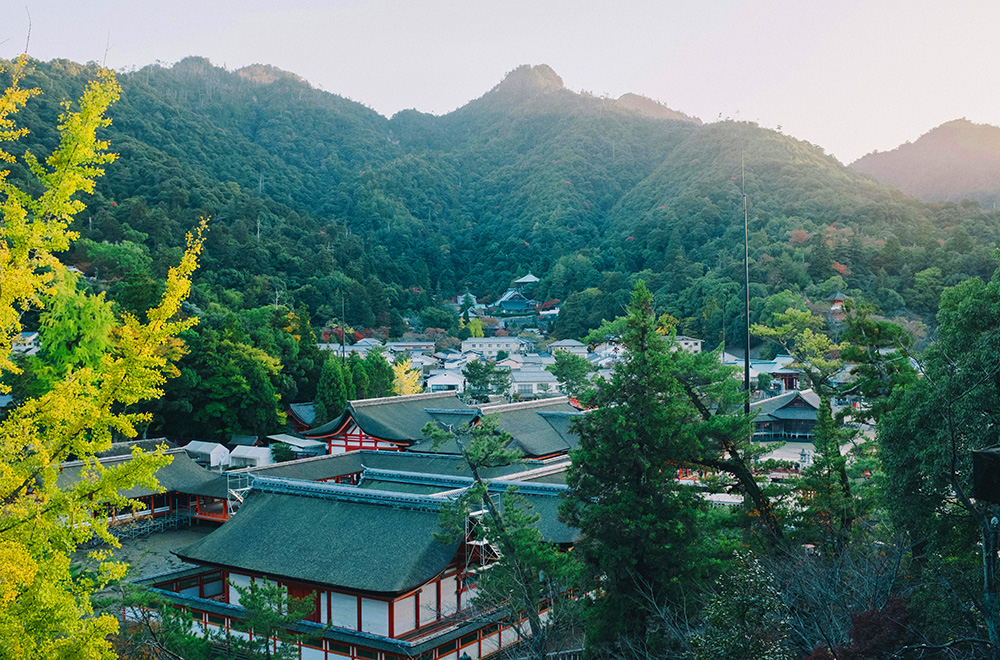
In today’s eco-conscious world, renovating akiya (abandoned homes) in Japan stands out as an environmentally friendly option. Rather than focusing solely on the challenges of fixing up these vacant properties, it’s important to recognize their significant sustainability benefits. Here’s how renovating akiya supports eco-friendly practices and contributes to a greener future.
1. Minimizing Construction Waste
One of the key environmental advantages of renovating akiya is the reduction of construction waste. Demolishing old buildings often results in substantial debris being sent to landfills. By choosing to renovate instead of demolish, you help minimize waste production and avoid contributing to landfill overflow. Reusing and repurposing materials during renovation further decreases the need for new resources.
2. Preserving Cultural Heritage
Akiya often feature unique traditional Japanese architecture that embodies cultural heritage. Renovating these homes helps maintain historical and architectural integrity, preserving valuable cultural landmarks that might otherwise be lost. This preservation supports sustainable community development by retaining the historical charm and identity of neighborhoods.
3. Boosting Energy Efficiency
Modern renovations offer an opportunity to enhance energy efficiency. Upgrading an akiya with contemporary solutions such as improved insulation, energy-efficient windows, and solar panels can significantly reduce its environmental impact. These upgrades not only cut down on energy consumption but also contribute to long-term cost savings.
4. Supporting Sustainable Urban Growth
Renovating existing properties like akiya helps combat urban sprawl by making use of previously developed land. This approach fosters sustainable urban growth by reducing the need to encroach on undeveloped land, which often disrupts natural habitats. Reusing existing structures supports a more responsible approach to urban expansion.
5. Reducing Demand for New Building Materials
Restoring akiya allows for the reuse of existing building materials, such as wood, bricks, and tiles. This practice reduces the demand for new construction materials, thereby lowering the environmental impact associated with their production and transportation. Renovation rather than new construction aligns with sustainable building practices.
6. Stimulating Local Economies
Renovating akiya can positively impact local economies by creating job opportunities for local craftsmen, contractors, and suppliers. Investing in and restoring these properties helps stimulate economic activity within the community, promoting economic resilience and supporting sustainable local development.
7. Enhancing Community Sustainability
Revitalizing akiya strengthens community bonds by attracting new residents and fostering local pride. This social sustainability is crucial for maintaining vibrant, cohesive neighborhoods. Bringing abandoned homes back into use contributes to a more engaged and supportive community.
Conclusion
Renovating akiya is not just a practical choice but also a sustainable one. It reduces waste, preserves cultural heritage, improves energy efficiency, and supports sustainable urban growth. By choosing to renovate rather than demolish, you contribute positively to environmental sustainability and community well-being.
Interested in eco-friendly renovation projects? Contact us today at contact@akiyaheaven.jp to explore available opportunities.
